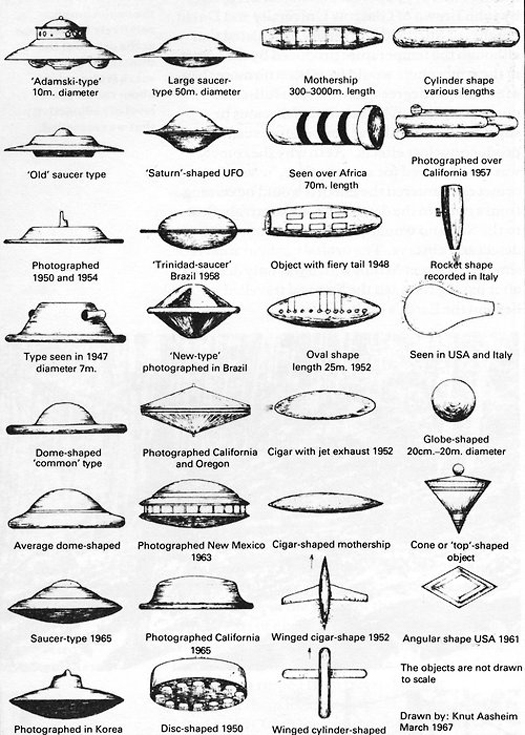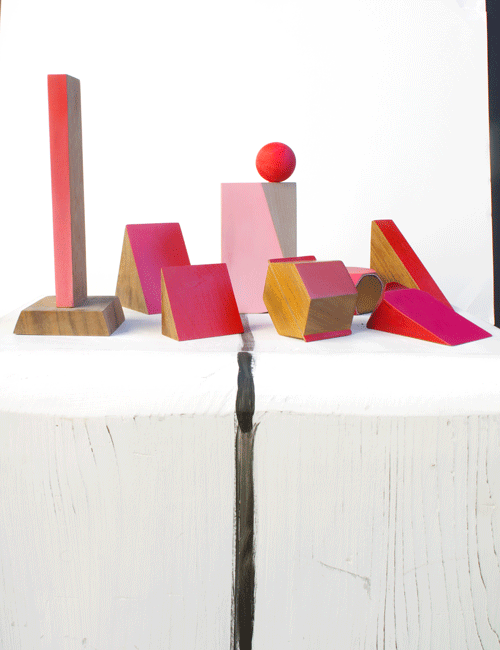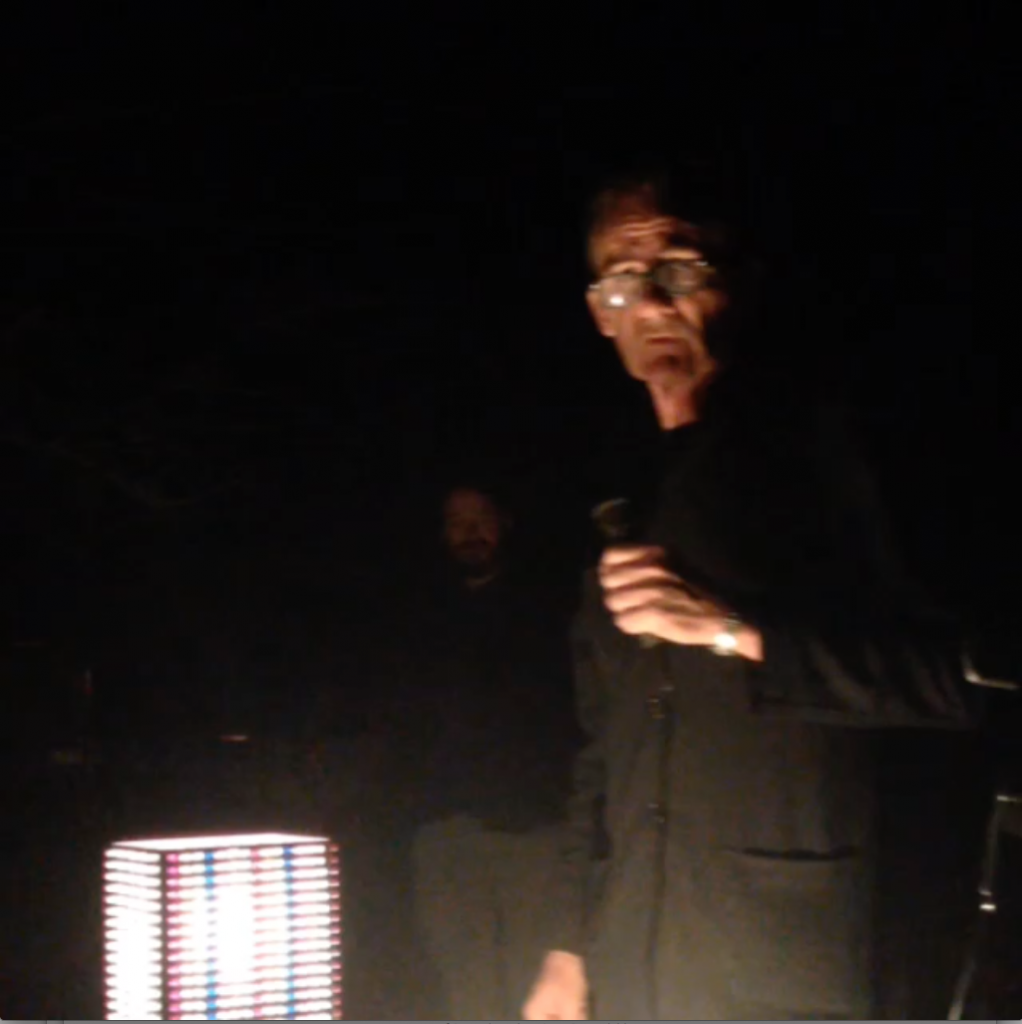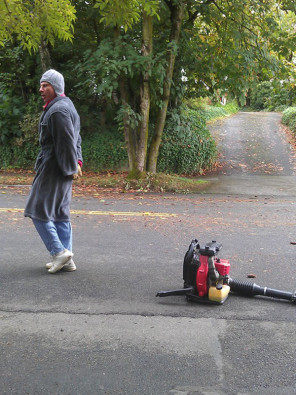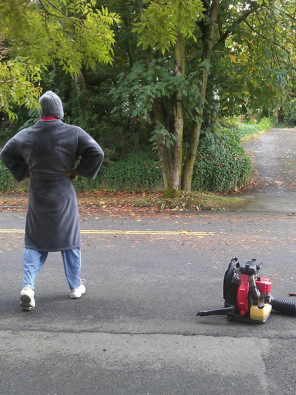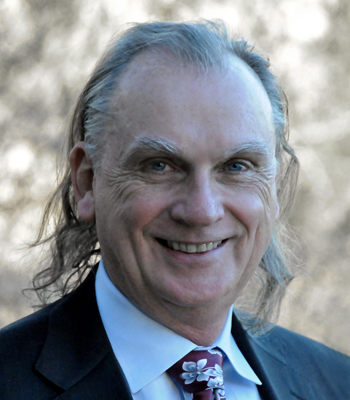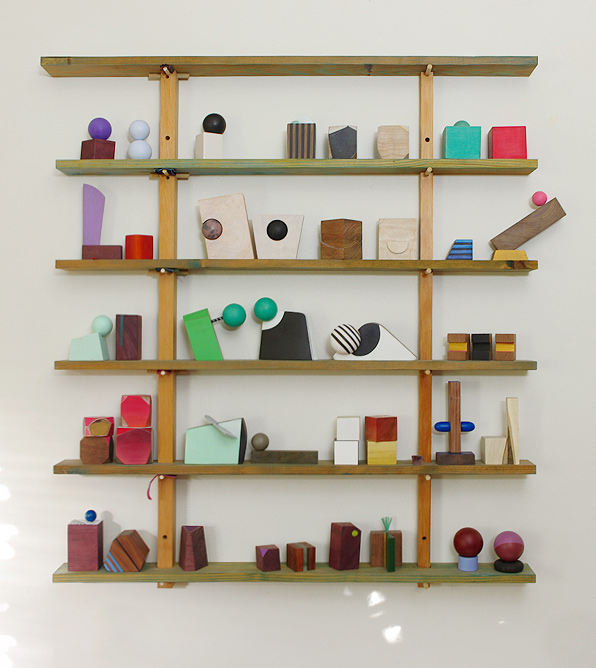
 This image is from a walk down the beach in Eureka CA in 2005. It keeps coming up in the mind this week. This loose horse came running from the hills. The baby and his dad are strangers.
This image is from a walk down the beach in Eureka CA in 2005. It keeps coming up in the mind this week. This loose horse came running from the hills. The baby and his dad are strangers.
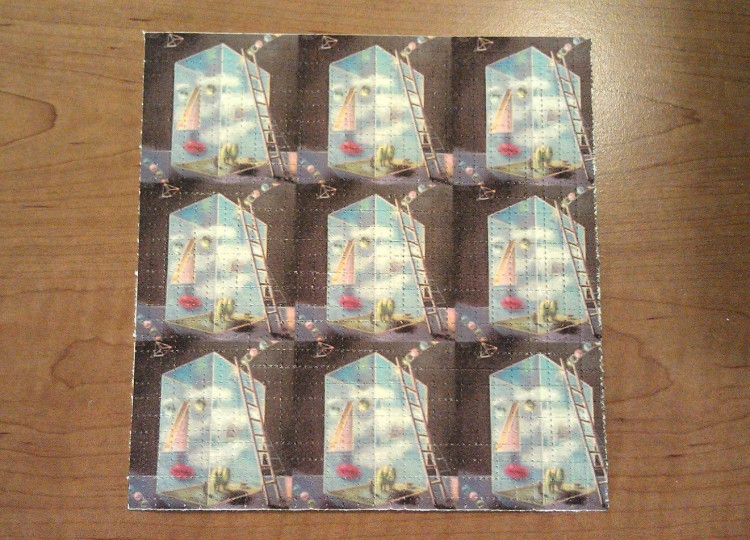
photo credit: ebay store fantoma23
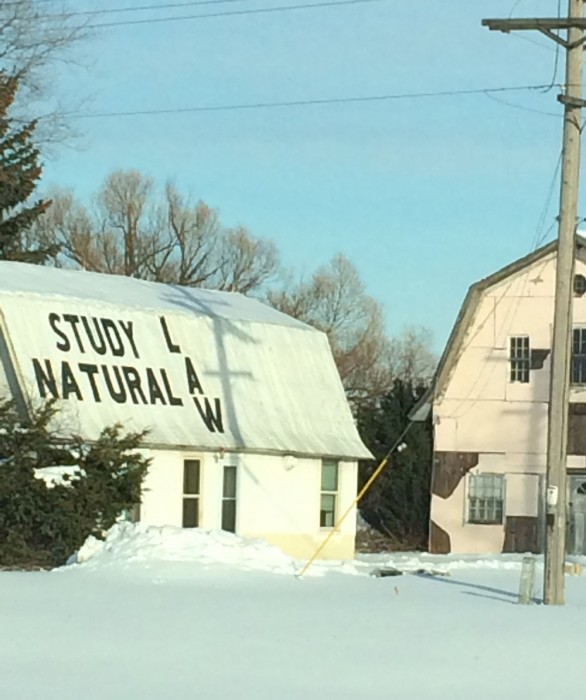
Site Curiosity Leading You To:
– Alfred Lawson
– Invention of the “airliner” – first passenger plane (midnight liner)
-“penetrability”, “suction and pressure” and “zig-zag-and-swirl” He published numerous books on these concepts, all set in a distinctive typography.-…the University of Lawsonomy in Des Moines to spread his teachings and offer the degree of “Knowledgian…
-Driving north on I-94 a sign on the roof of the building nearest the freeway says “Study Natural Law.”
– http://en.wikipedia.org/wiki/Alfred_Lawson
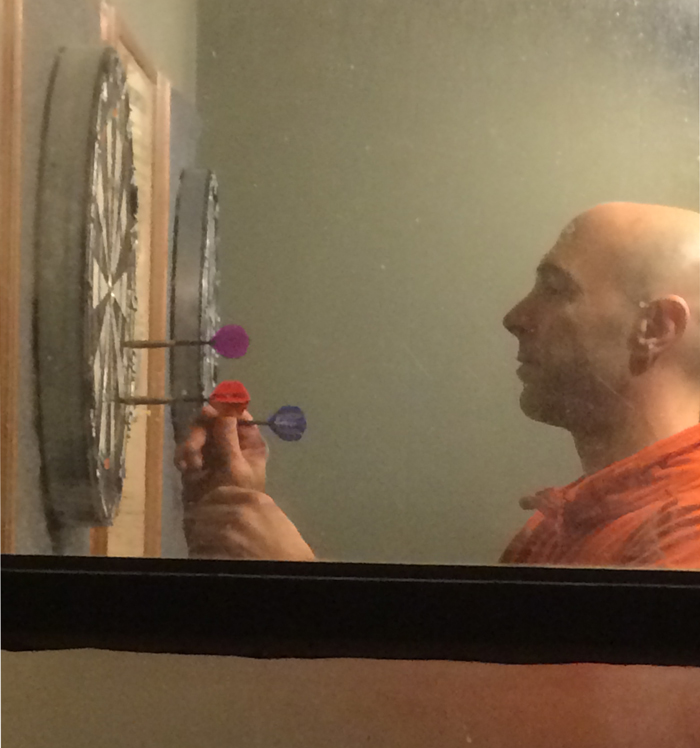
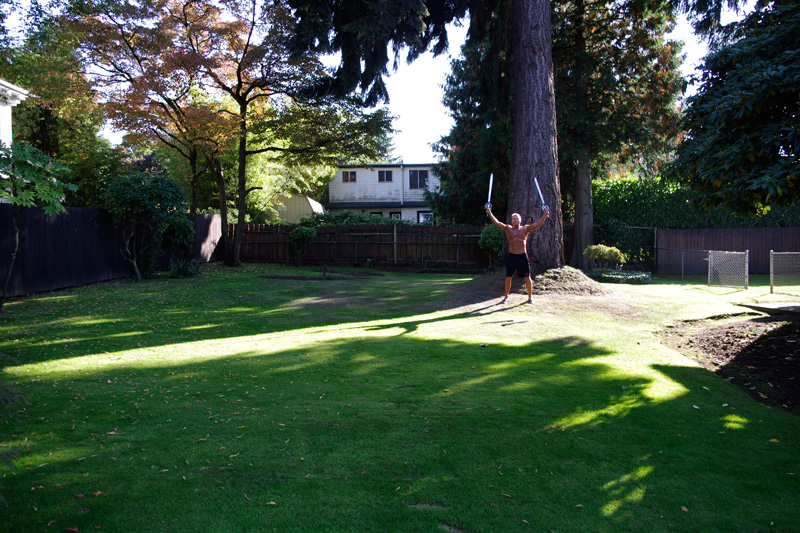
 Bill Pec and his recent sword awarded at the 2013 NPC Washington Ironman Men’s Masters Over 50. Bill is our neighbor, and we are lucky enough to have become his official photographer of summer 2013. Â
Bill Pec and his recent sword awarded at the 2013 NPC Washington Ironman Men’s Masters Over 50. Bill is our neighbor, and we are lucky enough to have become his official photographer of summer 2013. Â

“Mind if I photograph this?”
“Sure, I’ll start over.”
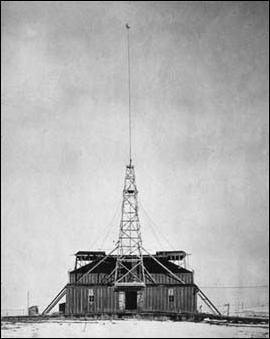
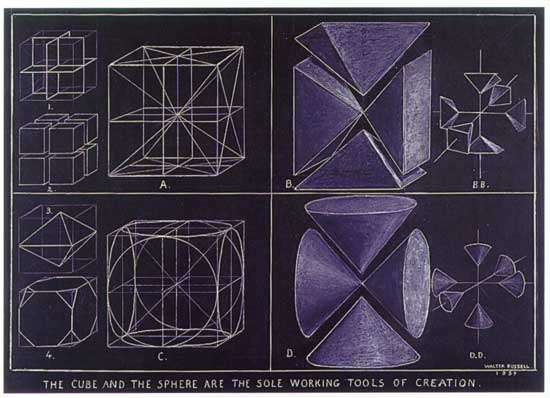
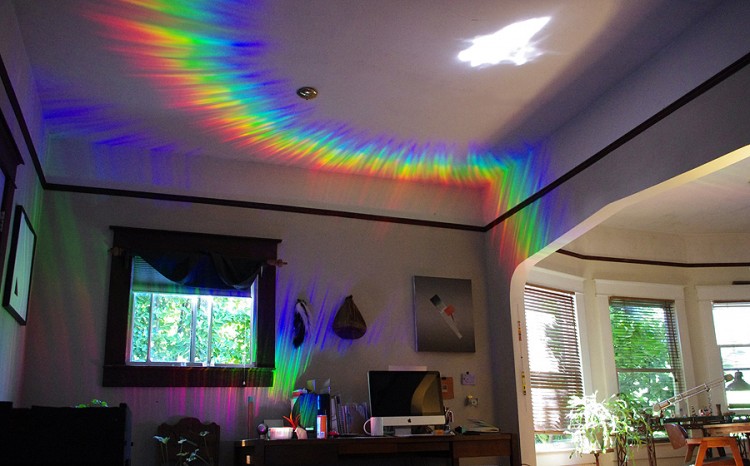
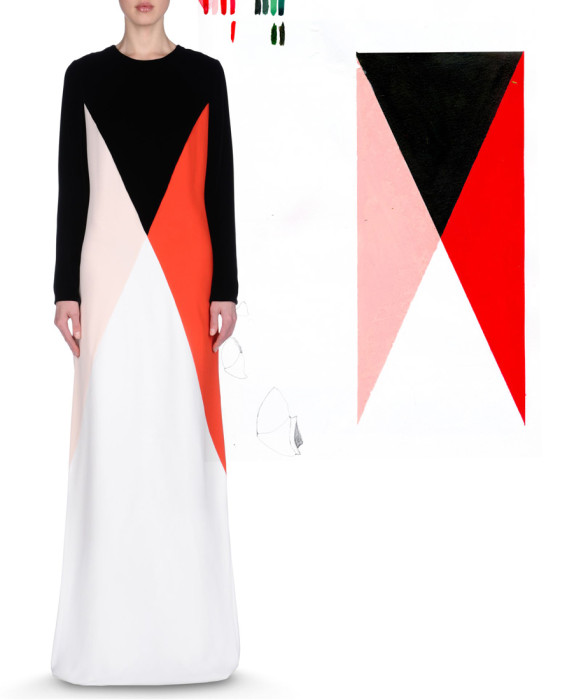
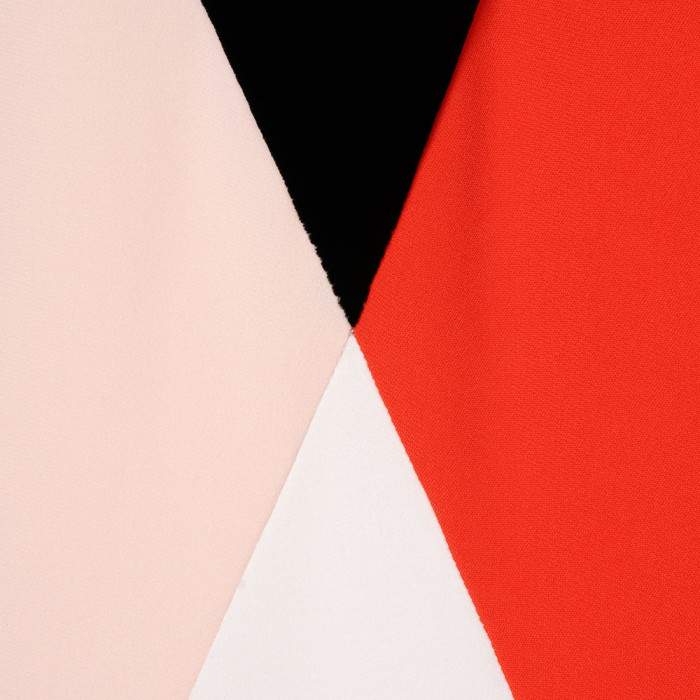
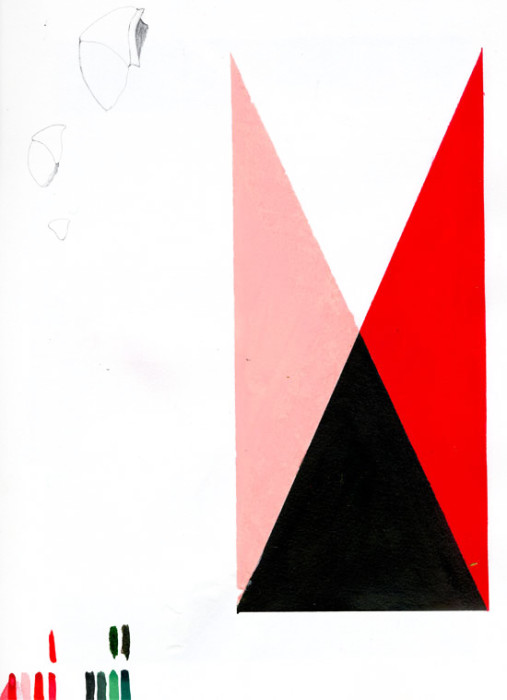
This is my drawing – and this observant blogger discovered
something interesting enough:
She says:
From
http://iiiinspired.blogspot.com/2013/07/a-little-this-and-that-art-vs-dress.html
ABOUT THE “QUOTE”
“good artists borrow – great artists steal”
Gold Stick
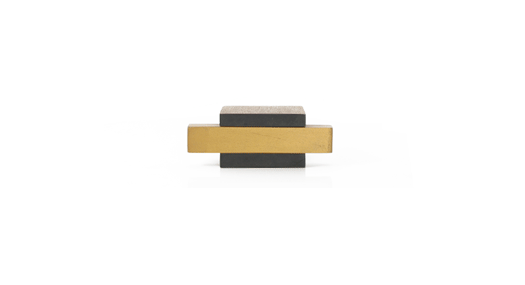
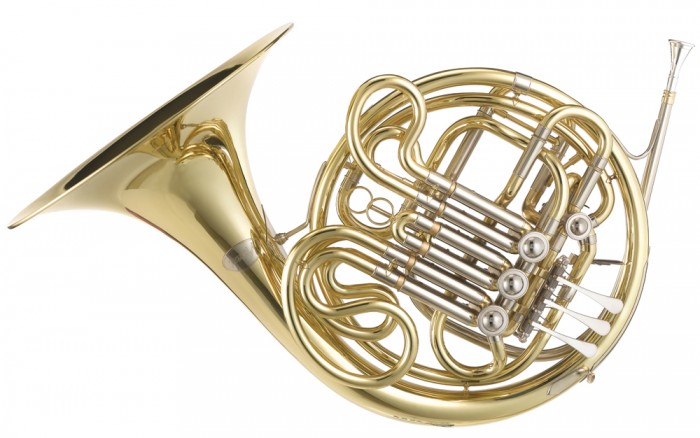
FRENCH HORN
 TRUMPET
TRUMPET
 TUBA
TUBA
PETER SHIRE : CUPS from ERIC MINH SWENSON on Vimeo.
Little Piece of Paradise:
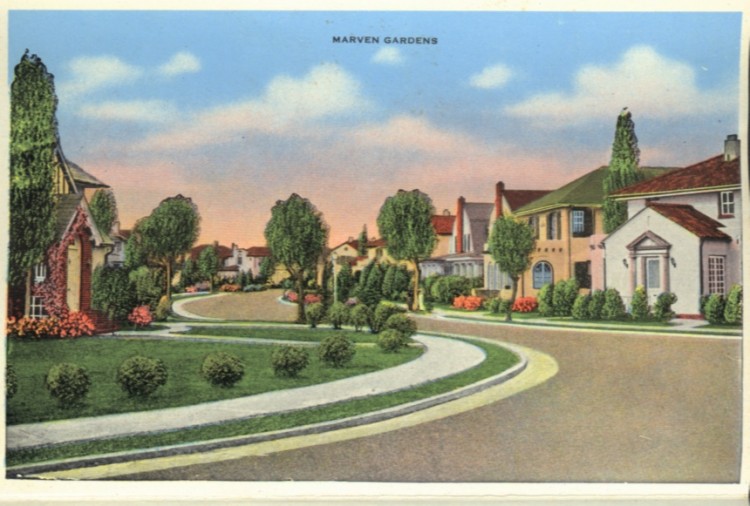
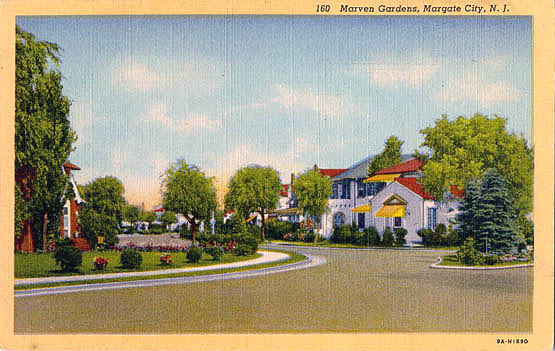
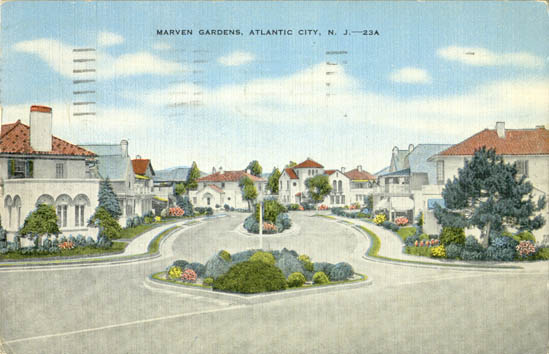
[Rules: The corporate haiku must be short, it must refer to the natural world, and…it must be written during a meeting.]
Of not yawning, placid
lake, old Woodson, across the
conference table, is master.
Staff in hand, product
in mind, stepping on dried leaves,
seeking a killer app.
CP Black Photographs P2 | Just Published on Rectangular Objects
Empirical and conceptual objects
|
Non-motivated functions of art The non-motivated purposes of art are those that are integral to being human, transcend the individual, or do not fulfill a specific external purpose. In this sense, Art, as creativity, is something humans must do by … KEEP GOING >>>
